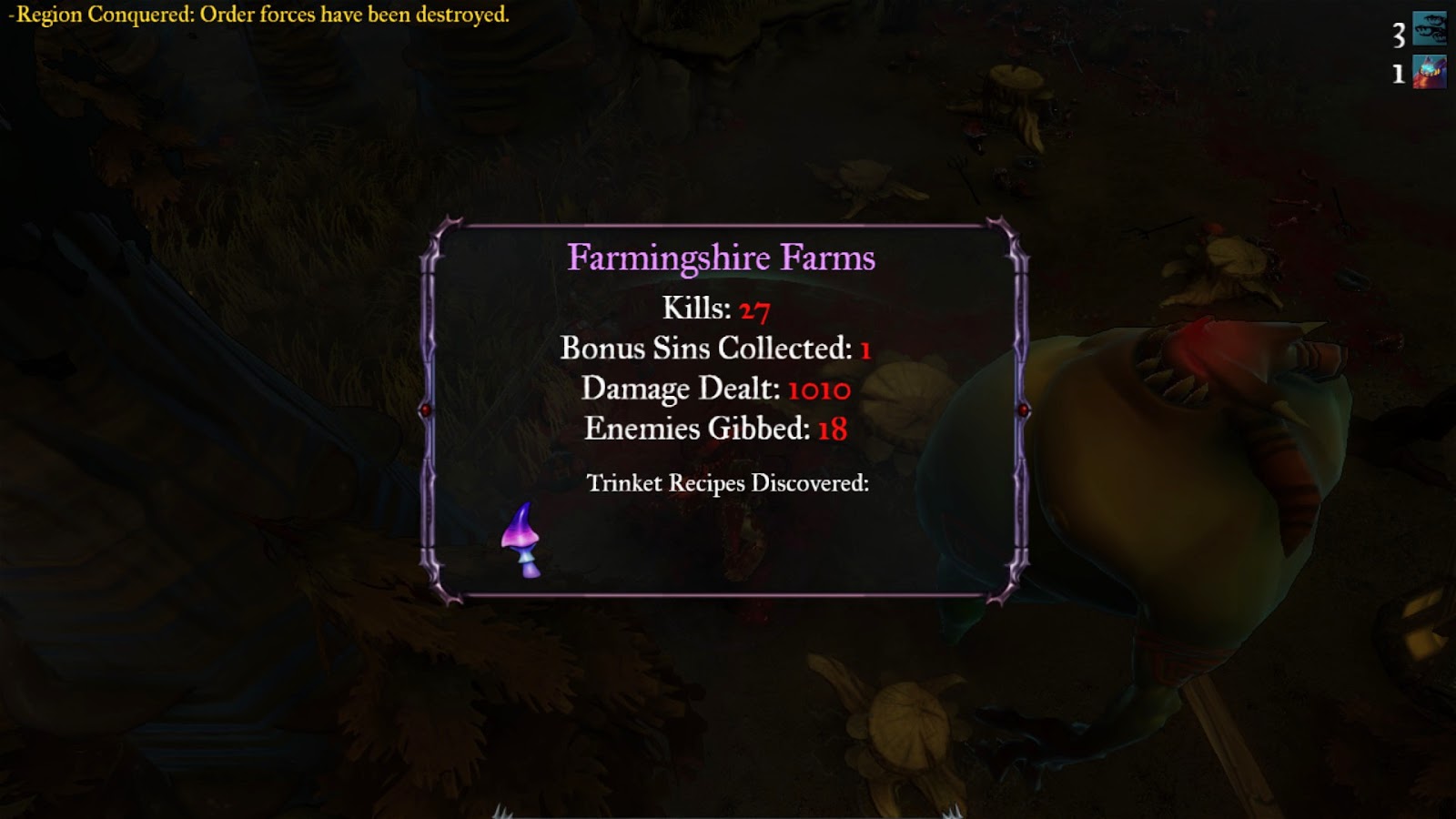I recently came across a norwegian tech-article regarding open networking vs proprietary networking.
More specifically, it talks about the Open Compute Project - for those of you who don't know, read this. More information can be found here.
The project discusses the use of open standards when building huge, energy-demanding and efficient data-centers. Basically, OCP talks about replacing the common standard networking architecture with something (kind of) new, to meet the ever evolving (and consequently; demanding) bandwidth and streaming of tomorrows data-centers. Mainly, replacing the tree-span network-design with the leaf-spine network-design.
A leaf-spine network design consists of the following:
- Top-of-rack (leaf) switches (leading to spine-switches).
- Spine-switches (between leaf- and core-layers in a leaf-spine network).
- ... and other hardware and software solutions for rack-use.
 |
| LEAF-SPINE NETWORK |
In a leaf-spine layer-3 network; each link is a routed link. Open Shortest Path First ("OSPF") is often used as the routing-protocol to compute paths between leaf and spine switches.
The norwegian in me thinks the reporter has (way too) big expectations, especially if he's counting on norwegian authorities and heavy industry for this (quite HUGE) change to take place.
But on the other hand, my inner sysadmin really likes the possibility of administrating a data-center with fully open networking-protocols / -equipment and/or -hardware :)
My own little µ-datacenter is based on open protocols, open systems, and somewhat open hardware.
http://blog.pizslacker.org/2014/10/datacenter-so-far.html
Norwegian article:
http://www.cw.no/artikkel/kommentar/apent-ikke-proprietaert















































